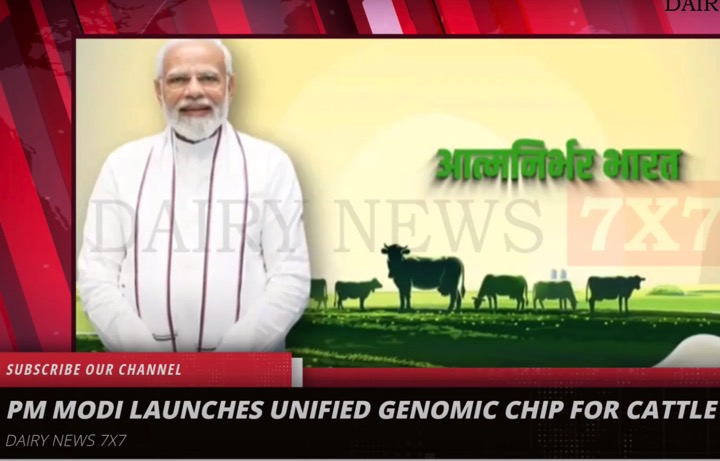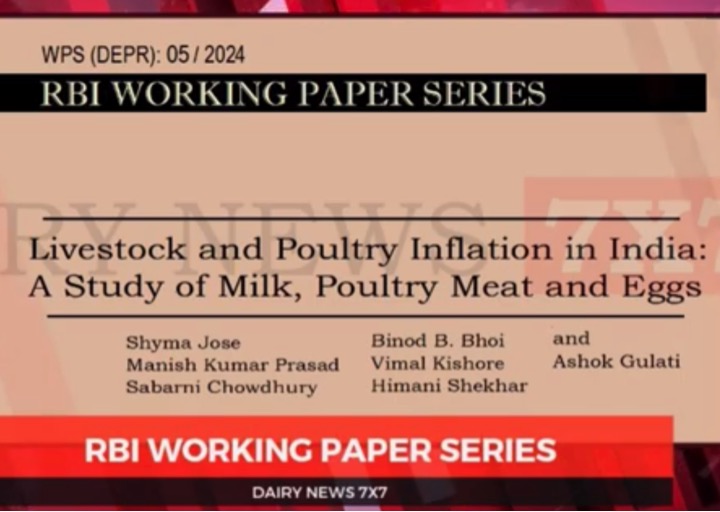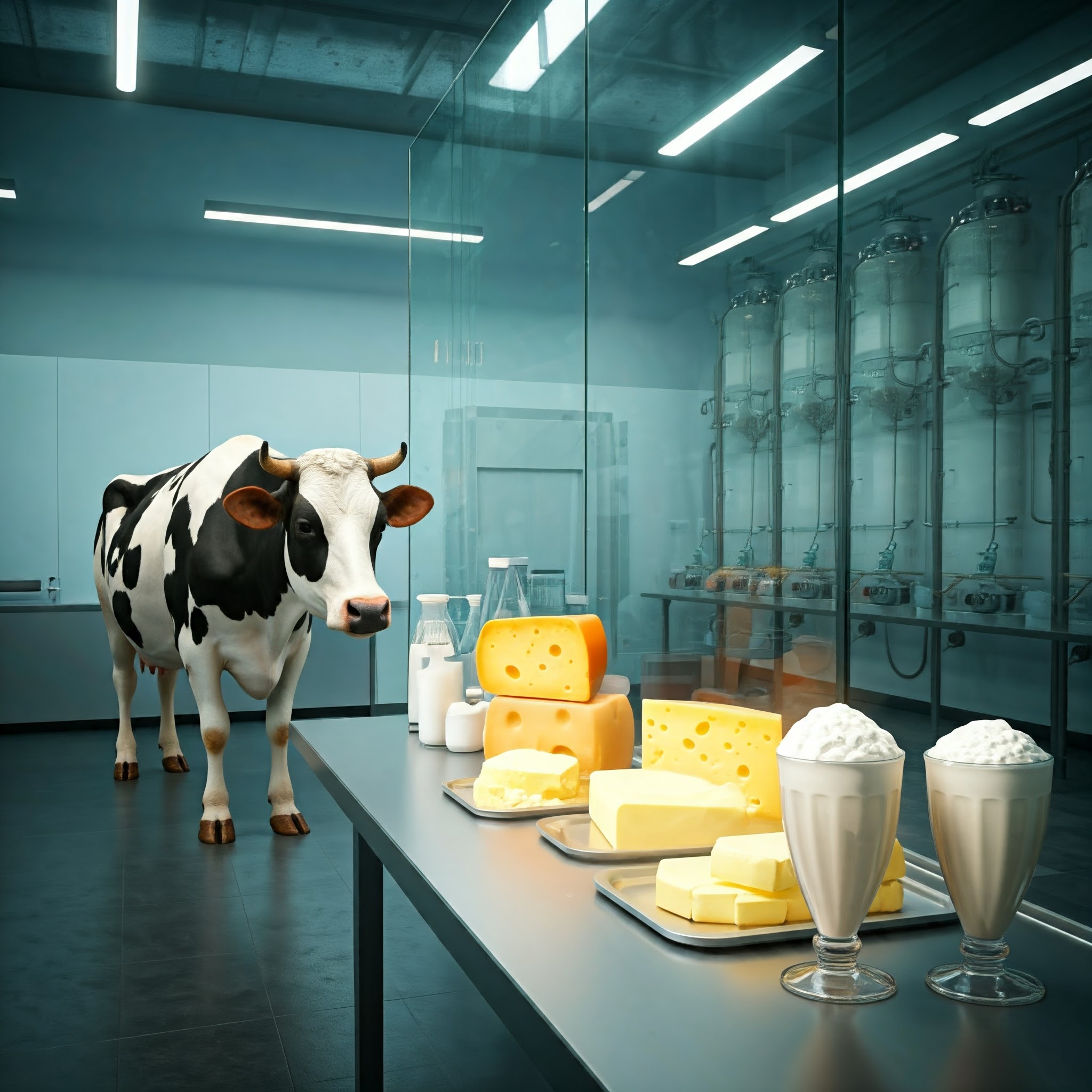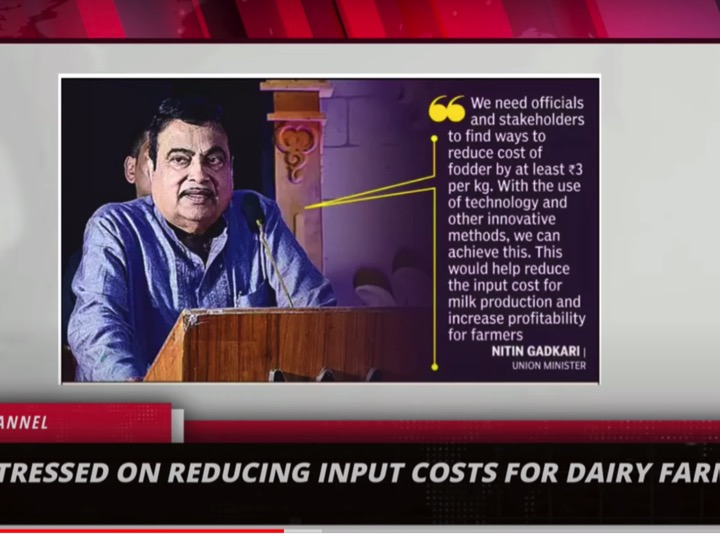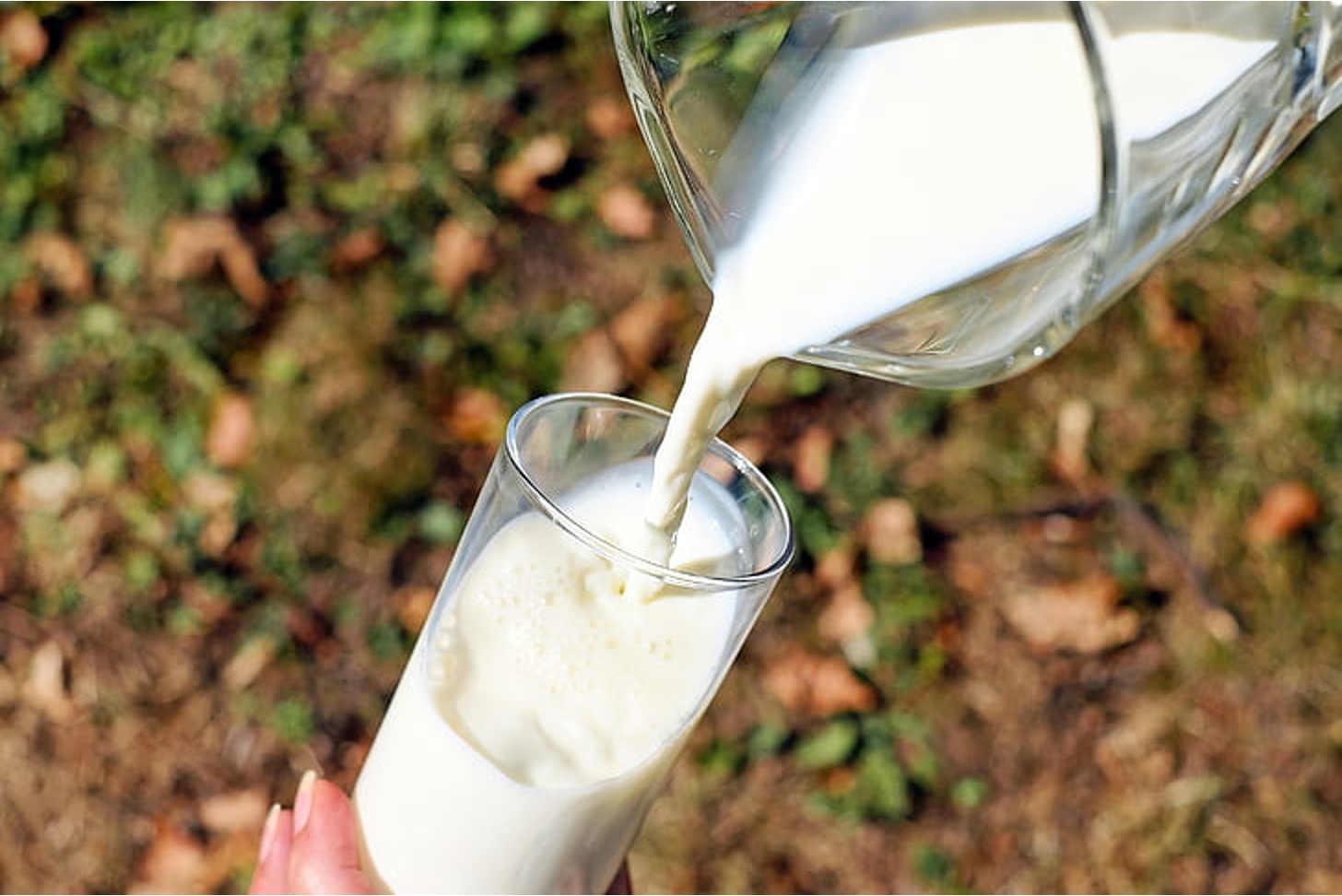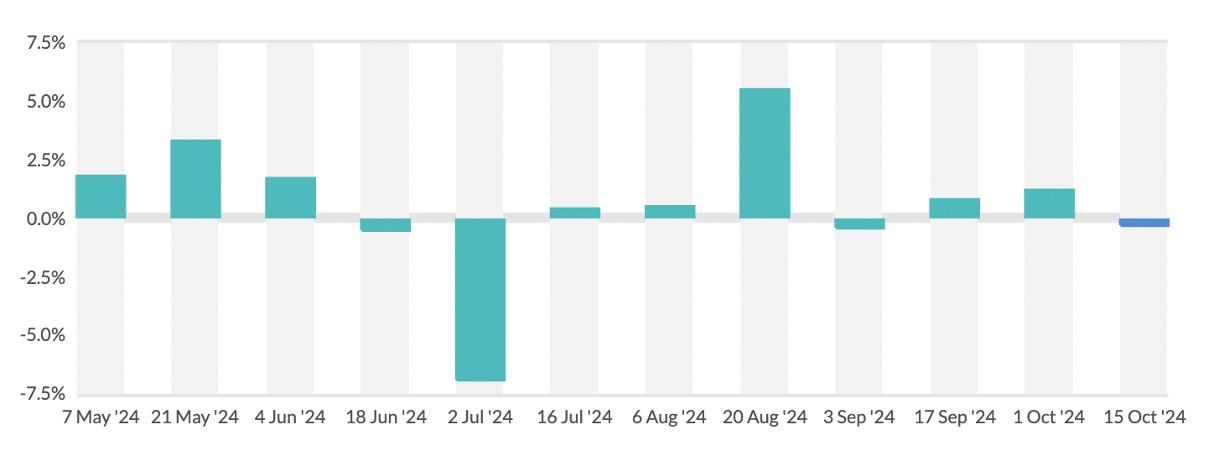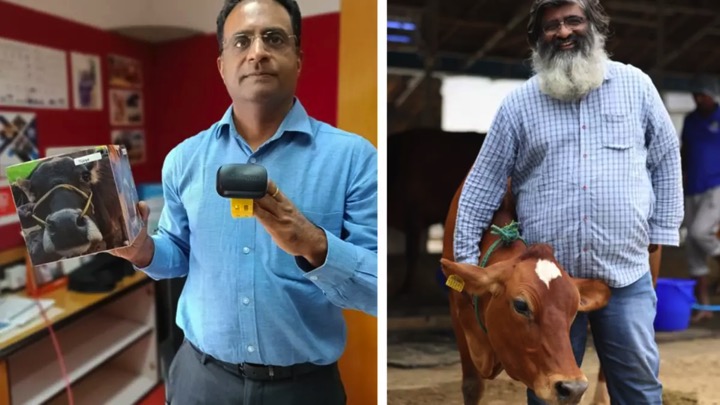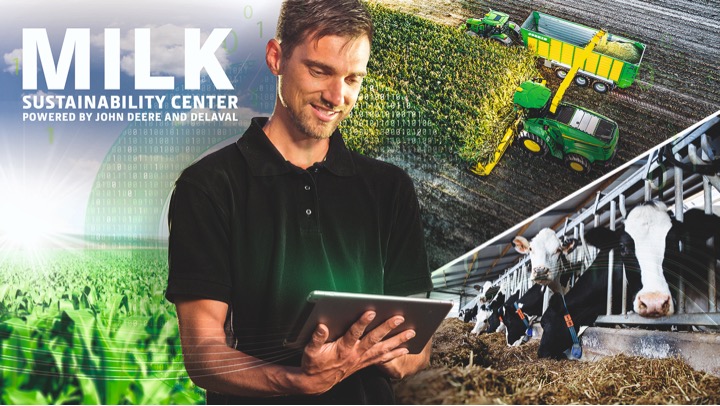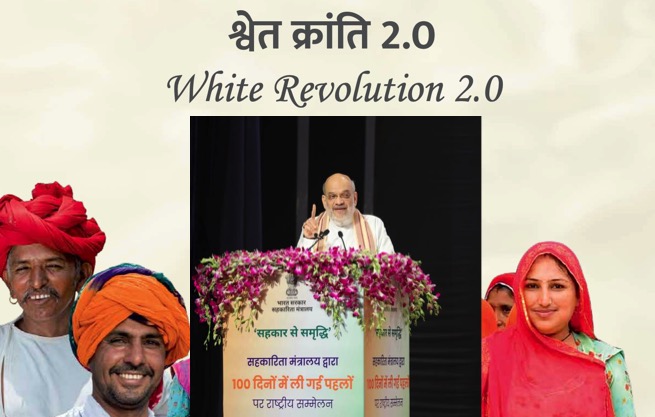“I love milk so much! I make a point of drinking a glass of milk every day. So now anyone who did those milk ads with the milk moustaches, they’re my heroes,” Natalie Portman, the celebrity Hollywood actor and heartthrob of millions describes her passion for her most preferred food. After all, cultures across the world refer to milk as the “food of the gods.” Grapes may be sour and not worth the effort, but the sour milk is the succulent cheese; nothing short of a miracle: a food going bad creates another delectable food item.
A whopping 230.6 million tonnes is the quantity of milk we produced last year. This constitutes one fourth of the global production. The number two country behind us is the USA, but then it is a distant second with production not even half of ours. Isn’t it a sterling achievement! To add to the crowning glory is our share in the global production of ghee and butter which stands at 40%.
Millions of stars, each not big enough to count individually, define our galaxy aptly named the Milky Way. The half-litre poly pack of frothing milk that millions in India open each day is, likewise, the output of innumerable dairy farmers and their bovines. The unique system of some 50 million litres of milk being collected daily from over 16 million producers and being processed for sale by our dairy cooperatives is a Milky Way that we have successfully demonstrated to the world. It has also enabled our country to become the world’s largest milk producer, an undisputed champion with no equal.
About seven billion people worldwide consume milk and milk products. According to the FAO, 81 percent of world milk production is contributed by cattle, followed by buffaloes with 15 percent, goats with 2 percent and sheep with 1 percent; camels provide 0.5 percent. The remaining share is produced by other dairy species such as equines and yaks. About one-third of milk production in developing countries comes from buffaloes, goats, camels and sheep. In developed countries, almost all milk is produced by cattle. Milk from dairy species other than cattle represents 40 percent of milk production in Asia, 23 percent in Africa, 3 percent in Europe and 0.5 percent in the Americas; it is almost non-existent in Oceania. Obviously, the dairy sector is more diversified in Asia and Africa, the developing regions. Half of India’s milk production is from buffalo. We are the true buffalo soldiers.
“Land flowing with milk and honey” is how symbolically a place of prosperity and abundance has been traditionally described. The Bible uses this expression over and over again as a hyperbole to a Garden of Eden like paradise containing all the riches of the universe. Likewise, milk is considered a life sustaining drink in Hinduism having purifying qualities. Thus milk is symbolically used for bathing too in quite a few rituals. Milk is a powerful symbol within most cultural traditions. It is universally acknowledged as the fluid of eternal life, fertility and abundance. In quite a few religious and cultural traditions, it is regarded as the first human diet. Quite aptly so, since it is the nectar of the gods. Millions of Hindus revere and worship cows as they provide life sustaining milk, hence for them it symbolises the mother. And then milk is believed to be a provider not only of robust physical health and high energy but also of intelligence and wisdom. No doubt therefore, that the power of dairy is incredible encompassing all facets of life from basic food to a strong influence on religious, social, cultural dimensions; and further the immense potential of economic transformation.
Milk is a complete food. Of course, there are sceptics who advocate that a complete food is one which contains animal meat, their line of argument being that animal protein is an essential nutrient for the human body and that it is available only through meat. They make a valid point but then milk too is animal protein. Virat Kohli, the champion cricketer and acknowledged as a supremely fit athlete is a vegetarian, so is the erstwhile cricket sensation Virender Sehwag. Majority of the Indian wrestlers who have brought glory to the nation in international events, including the olympics, are diehard vegetarians. Where do they draw their strength and stamina from? You need not look for an answer beyond milk. Milk is one of the lowest-costing and most nutritionally-dense foods you can get today. It is packed with the essential nutrients our bodies need, including protein, calcium, potassium, phosphorus, riboflavin, and niacin, besides the important vitamins, including vitamin A, vitamin D, and vitamin B12. Let us outline the nutritional virtues of milk.
Milk is a great source of natural, high quality protein. Milk proteins support muscle growth and repair. According to a recent analysis, an increased milk intake can boost muscle mass and strength during resistance exercise in both younger and older adults. Knee osteoarthritis currently has no cure but researchers say drinking milk every day results in reduced progression of the disease. So there is no reason to not enjoy milk as a part of a balanced diet and healthy lifestyle, not to forget its heavenly taste. Some of the important nutrients provided by milk and their functions are: i) Calcium builds healthy bones and teeth, and maintains bone mass; ii) Protein serves as a source of energy; builds and repairs muscle tissue; iii) Potassium helps maintain a healthy level of blood pressure; iv) Phosphorus strengthens bones and generates energy; v) Vitamin D helps absorb calcium and phosphorus to maintain strong bones; vi) Vitamin B12 helps maintain healthy red blood cells and nerve tissues; vii) Vitamin A improves immune system, normal vision and healthy skin; viii) Riboflavin (B2) helps convert food into energy, ix) Niacin metabolises sugars and fatty acids; and x) Tryptophan, an amino acid, assists in inducing sleep. Consumption of even small amounts of milk and dairy products correct amino acid deficiencies in cereal-based human diets.
Milk provides proteins with a wide range of amino acids that meet the requirements of the human body. Research has shown that eating cheese can help protect against dental caries because milk contains casein, phosphorus and calcium. Spicy food often leaves one with a burning sensation. Casein in milk soothes the burning sensation in the stomach and the digestive tract. Cultured dairy products such as yoghurt, buttermilk, and some cheeses have some additional advantages. They have less lactose and are good for lactose-intolerant individuals. The microbes, added as culture, help to improve digestion as well as absorption of digested nutrients. Some experts claim three servings of dairy in a calorie-controlled diet can help achieve greater weight loss. Isn’t it amazing?
At the other end of the spectrum are the vegans who would outrightly reject milk for being of animal origin and therefore look for milk substitutes. Sorry to say, milk has no substitute. Let there be no doubt that there is no such thing as soy milk; it is soy juice. Almond milk is not milk; it is a beverage. Above all, these juices and beverages, masquerading as milk, contain chemical additives and unhealthy quantities of sugar. Giving them the moniker of milk is both misleading and against the law. The global food standards Codex Alimentarius define Milk as “the normal mammary secretion of milking animals obtained from one or more milkings without either addition to it or extraction from it, intended for consumption as liquid milk or for further processing.” Milk product is “a product obtained by any processing of milk, which may contain food additives, and other ingredients functionally necessary for the processing.” Veganism, therefore, at this point of time is more a matter of belief and ideology than proven science.
Milk is neutral. It is neither in competition with meat or non-vegetarianism, nor with veganism. It stands on its own firmly established reputation as a complete and nutritious food. A per capita availability of 459 grams per day in our country, way above the global average of 394 grams, should be an obvious answer to our nutritional requirements.
Cry over spilt milk? Us? Never. For we have plenty to fill our glass, even the pail, right to the brim, time and again.
Mr Tarun shridhar- Author is former Secretary, Ministry of Fisheries, Animal Husbandry and Dairying, Government of India– Feb 29th 2024







